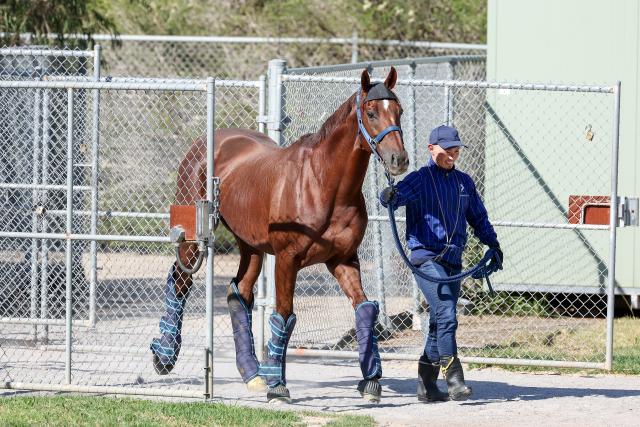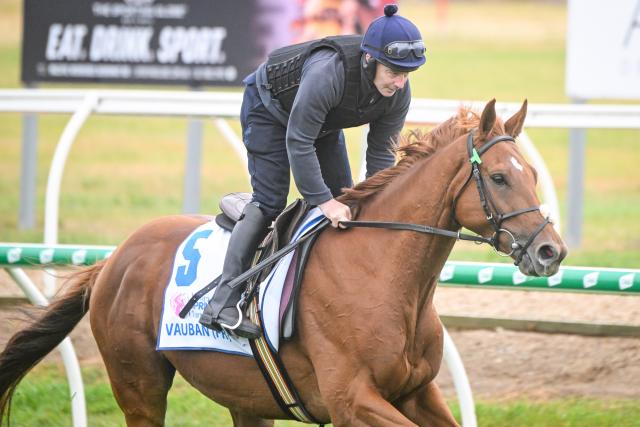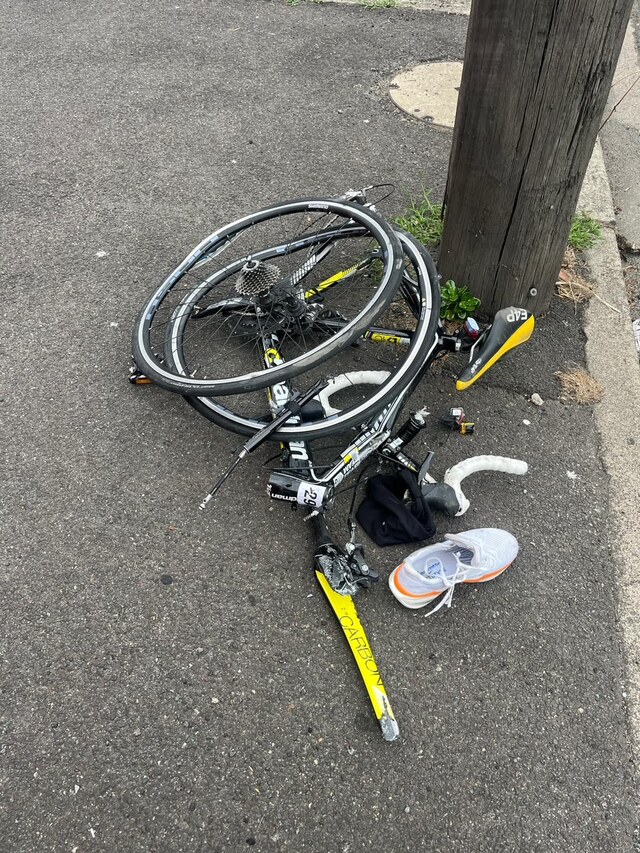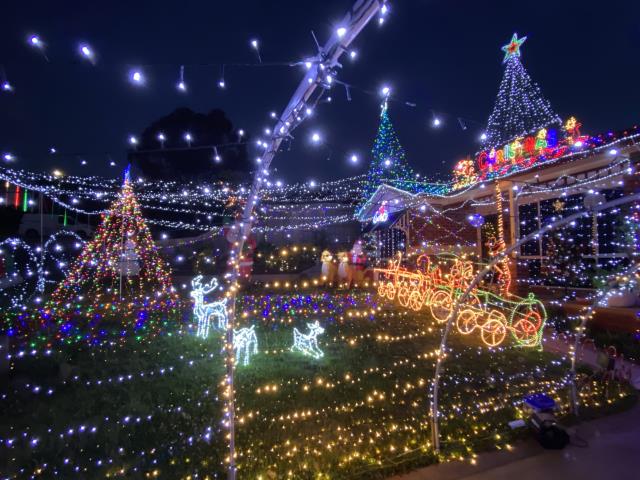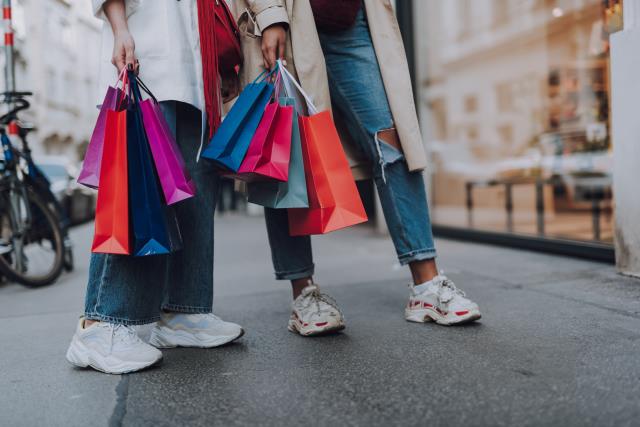Twenty-four horses, many of them from overseas, compete in the iconic Melbourne Cup on the first Tuesday in November. The first stop in the lead up to the great race for international competitors is the Werribee International Horse Centre as Jennifer Pittorino discovered.
Owned and operated by Racing Victoria, the Werribee International Horse Centre (WIHC) is the only approved Post-Arrival Quarantine (PAQ) facility in Melbourne where horses can remain in full training during the Spring Racing Carnival.
Racing Victoria general manager of international and racing operations Paul Bloodworth said the multi-million dollar horses arrive in two shipments at the end of September and beginning of October.
“One shipment arrived on Grand Final Day, which was the 30th of September,” he said.
“This year was slightly different as we had a horse from Hong Kong, and a horse from England arrive on September 16.
“One of those was Romantic Warrior, one of the best horses in the world, as he wanted to have a lead up race to the Cox Plate.”
Paul said the two shipments enable the horses to either run in the Caulfield Cup and/or the Melbourne Cup.
Once the horses arrive from overseas, Paul said there is a strict period in which the horses need to remain in quarantine.
“They need to do two weeks’ export in their country of origin,“ he explained.
“We have a number of approved pre-export quarantine facilities around the world in Europe, Japan and in Hong Kong, which allows us to do that there.”
In addition to quarantining overseas, when the horses arrive in Australia they then have to complete a further two weeks post arrival quarantine before they’re released from the strict bio security measures that are in place for four weeks.
This year Racing Victoria has welcomed horses from England, Ireland, France, Hong Kong and Japan.
“We have a very broad spectrum of countries around the world,” said Paul.
“As long as the country where they’re coming from is an approved country by our government, they can come to Melbourne.
“They have to have an approved status by the federal government to allow export from their country to Australia.”
As many countries have racing industries, Paul and his team work with animals from across the globe.
“In my role I am responsible for enticing trainers and owners to bring their horses to Melbourne for the spring carnival,” he said.
“I travel to places like Japan and Europe throughout the year meeting with owners and trainers to discuss bringing their horses to Melbourne for the races.”
Paul has worked for Racing Victoria for 16 years, and in his current role since 2018.
“That’s what I do throughout the year which ultimately ends up with courses arriving here.”
To prepare for his busy season of recruiting, Paul watches as many international races as he can.
“I keep long lists of high quality horses that race around the world.
“It’s mostly about building the relationships with the trainers and the owners of these horses. That way when there is a horse that is showing potential to be competitive in the races, you are able to reach out to them.”
Paul said most trainers are return visitors who have been to Melbourne in previous years and are happy to come back.
“Once I have established relationships with trainers they come to us with which horses they think are suitable, rather than me asking them.
“It is all about maintaining contact with the trainers throughout the year, by going and seeing them around the middle of the year to start discussing plans for later in the year.”
In addition to his main role recruiting horses, at the Werribee facility Paul and his team ensure the connections of each horse have a smooth, enjoyable time in Melbourne.
“My role here is to make sure all the staff and all the trainers and all the owners are happy with how things are going,” he said.
“We help them with logistics around flights and accommodation, race day events and more.”
The strict quarantine measures enforced at Werribee ensure Australia’s biosecurity is protected.
The horses can’t leave the facility at all for two weeks and all their care, including showing, is done within the compound in which they live. This ensures no exotic diseases escape and infect animals in the wider community.
The horses are also required to undergo multiple nasal swabs across the first two weeks.
“These are sent off to laboratories for testing, to establish that they don’t have any exotic disease,“ said Paul.
“It’s only when all those swabs are back and clear that none of the horses have any exotic diseases, that the horses are released from post arrival quarantine.”
When the horses come out of quarantine they are able to use both the 1700 metre circumference grass track and the 1600 metre inside sand fibre track at Werribee.
“They have access to those every day, it’s up to the individual horses or individual trainers how they use the facilities,” said Paul.
“Most horses use a mixture of both tracks, they need to move between them depending on the speed of the work that they’re looking to conduct.”
Like any other training centre, the horses have designated slots across the three compounds, all of which are in operation at the moment.
The three compounds comprise the Newminster compound housing 16 horses across three barns, the Vintage Crop which can house eight horses across two barns and the American compound which can house eight horses in one large barn.
The three compounds operate independently from each other, allowing flexibility around arrivals from different regions without disrupting the quarantine periods of horses in other compounds.
“How we train horses is how horses are trained all over the world, they exercise each day to attain a level of fitness which will see them be able to compete in the races.
“It is quite expensive for owners and trainers to commit to coming to Australia, so we are always very pleased that they’re willing to take that plunge and travel here.
In addition to having a great reputation, Paul said the prize money on offer throughout the Spring Racing Carnival is also a driving factor for many trainers and owners.
“Our prize money is fantastic in Melbourne and significantly better than a lot of other jurisdictions in the world,“ he said.
“The Melbourne Cup is worth $8 million total prize money, the first prize is worth $4 million, while the Caulfield Cup and Cox Plate are worth $5 million in prize money, and $3 million for each prize.
“It is very lucrative and well worth their time certainly.
“Our races are very prestigious, the Melbourne Cup is iconic in Australia and around the world.”

